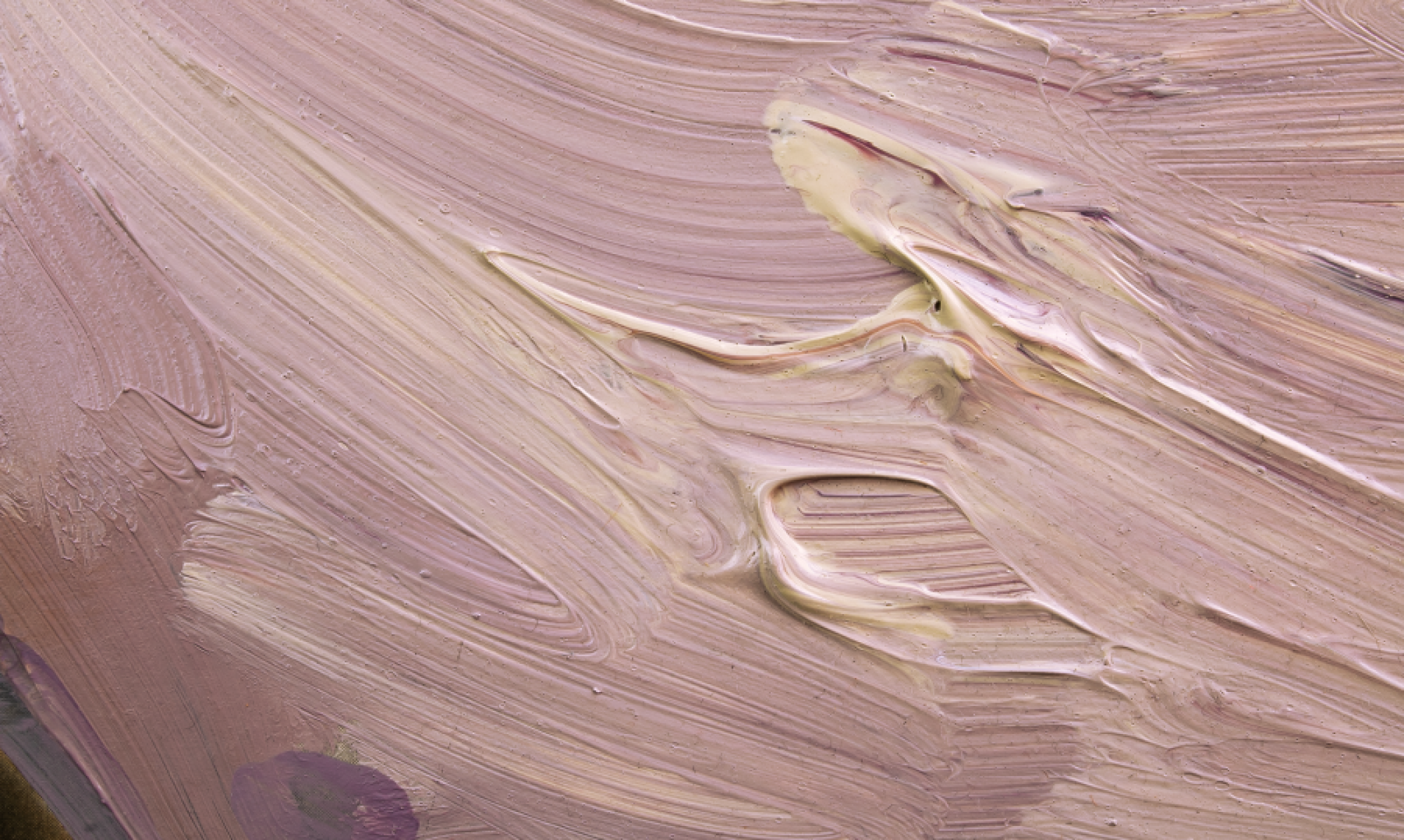It’s no secret that Native Americans have drawn the shortest straw when it comes to cultural representation within the American entertainment industry. Since the birth of cinema and for a long time thereafter, Natives were seldom seen as anything more than savages, villains or the feared other. When Hollywood finally developed a more nuanced interest in Native stories, they were told from a white perspective. It should therefore be cause for celebration that the TV-show Rutherford Falls now exists. Rutherford Falls not only engages with Native narratives, it let’s Native Americans be in charge of them, both in front of the camera and behind. Well, not completely – writing, acting and directing is roughly 50-50 native/other but that’s still pretty good for a mainstream TV series.
The plot revolves around a statue of Lawrence Rutherford – historic founder of Rutherford Falls. In reference to recent real-life political upheavals, we are reminded by several members of the community that “this is not a good time for people who like statues.” Indeed, since the statue is placed in the middle of the road it is broadly disliked and the wheels of bureaucracy are set in motion to have it removed. The inconvenient placement of the statue doesn’t matter in the least to Nathan Rutherford (Ed Helms), descendent of and self-appointed protector of the Rutherford legacy. The spot where the statue is placed is where Rutherford once brokered a deal to take over the land from the original inhabitants – the fictive Minishonka tribe – and turn it into the town where the story now takes place. It is concerning this issue that things begin to slope downward for Nathan Rutherford. For according to casino CEO and Minishonka member Terry Thomas (Michael Greyeyes) the deal between Rutherford and the Minishonka was never honored. Which is why Thomas is now suing the Rutherford corporation for material compensation over historical wrongdoings. Nathan stubbornly sticks to his guns and decides to defend his heritage at all costs. Speaking from the viewer’s perspective, Nathan’s siding with the white colonizer makes it very hard to sympathize with him. Which makes for some pretty uneven viewing given that Nathan Rutherford is after all the character that gets the most screen time. I get the sense that the creators are hoping that actor Ed Helms has enough charm to win the audience over even if his character´s politics are a bit muddied. For me, that is not the case and I have to resist the impulse to fast-forward whenever Ed Helms is on screen.
This is not the only miscalculation of the show. For the first half of the season, the writing rubs it’s willingness to discuss “tough” political topics in the viewer’s face. Don’t get we wrong, I like it that the writers are not trying to sugarcoat the history of Native-white relations. It’s just that some scenes venture too far into woke Twitter territory without managing to add anymore depth than can be contained within the space of 280 characters. The result are some cringe-worthy scenes with overtones of anxious lecturing.
An example is when the main characters convene in a restaurant kitchen to go a couple of rounds with cancel culture, and characters voice their concerns about still liking Micheal Jackson and R.Kelly songs even in light of the purportedly morally outrageous acts the artists have committed. We even get slapped with the line “if rappers can say the N-word, why can’t I ?” from a white character. And should there still be any doubt that the question is idiotic, the scene includes some appropriately shocked and appalled reaction shots and characters rejecting the premises of the question. It’s too bad that the show feels the need to include such overly explicit pointers. It just comes across as insecure and nervously didactic.
I might come off as super negative here, but my complaints are confined to the first five episodes. After that, the tone and approach to cultural diversity becomes much more relaxed and by episode six I’m unexpectedly hooked. After a while, characters are allowed to be just human without having to be political pin boards and the show gets so much better for it.
Co-creator Micheal Schur has reliable sit-com credentials and can count The Office, Parks and Recreation and The Good Place among his successes. With Rutherford Falls, Schur delivers again. While not exactly Parks and Recreation-level-funny, Rutherford Falls has a cosy vibe to it that keeps me coming back for more. Admittedly, I have a hard time enduring Ed Helms, but the show´s got many other great actors to make up for it. Micheal Greyeyes is a stellar presence as the tough but humane casino boss. The cast is also sprinkled with delightful bit-parts and cameos. One highlight is stand-up comedian Beth Stelling in supporting role as a school teacher crushing hard on Ed Helms. In another role Paul F Tompkins – yet another stand-up comedian – appears as kooky and opportunistic professor Tobias Kauffman.
Another thing Rutherford Falls has going for it is it’s small-town setting. I am personally a big fan of TV series with an American small town for title. It might be too early to say for sure if Rutherford Falls stands to be compared to the likes of Twin Peaks, Ozark, Fargo, Schitt’s Creek or Smallville, but it is a place I wouldn’t mind coming back to visit for a second season.






